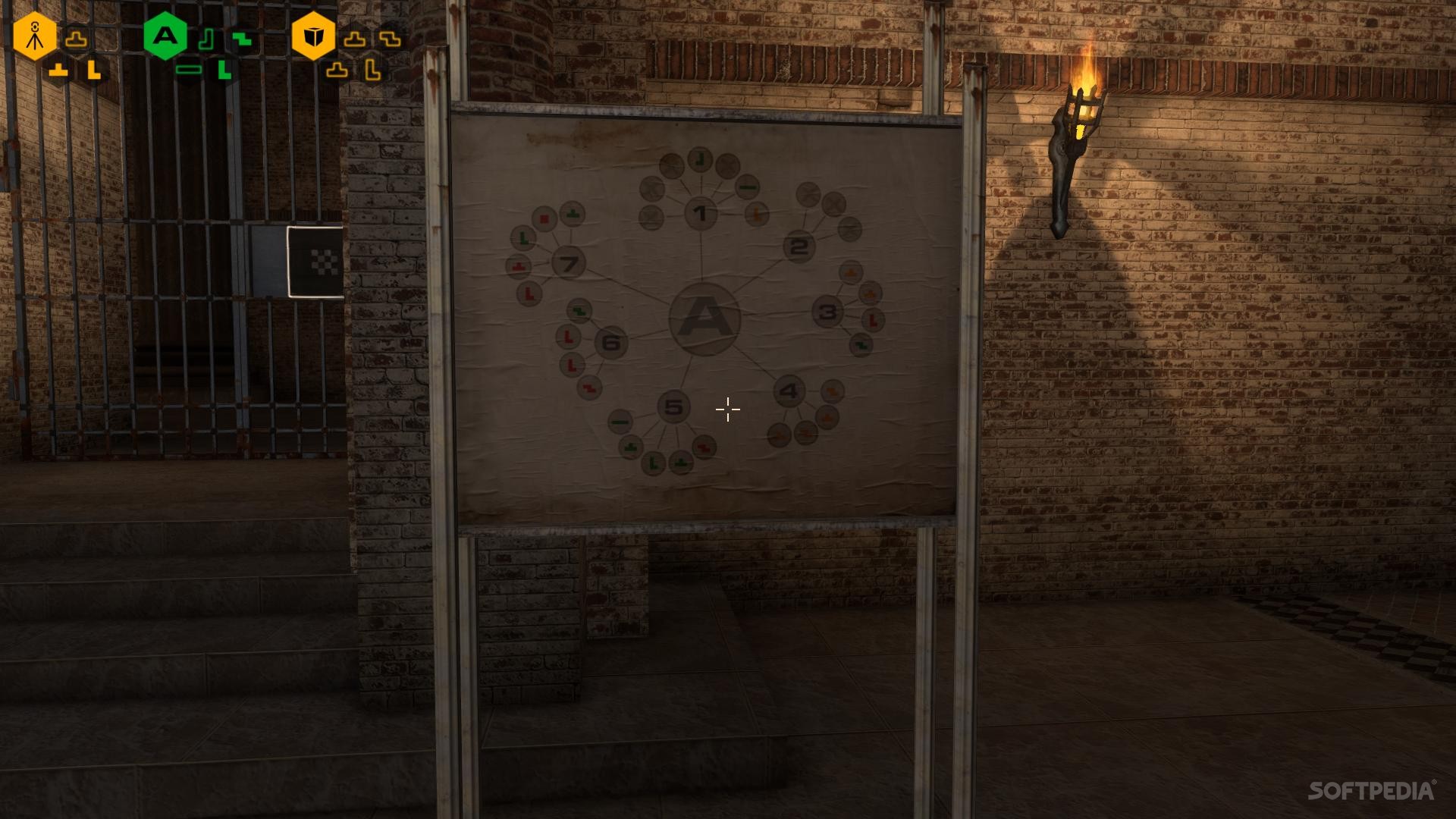

We analyzed possible statistically significant differences between the ERPs to deviant and standard tones. The most mesial depth‐electrode contacts were chosen for the MMN analysis with the MMN latency range of 120–250 ms, as well as with the P300 range of 250–500 ms. After the post hoc anatomical localization of the depth‐electrodes, the presence of MMN could be studied from 6 hippocampi and 5 amygdalas (i.e., the electrode tips were exactly within amygdalo‐hippocampal complex). The electrodes were implanted via lateral approach and their exact anatomical localizations were confirmed by MRI and CT in situ. Methods: 4 adults with intractable temporal lobe seizures (age 32–48 years) had each 2–4 stereotactically implanted 6‐contact depth‐electrodes at amygdalo‐hippocampal complex. We could obtain MMN from these temporomesial structures using intracranial electrodes in adult patients undergoing presurgical evaluation for epilepsy surgery.


This is surprising, given that these limbic structures are so essential for learning and memory functions. MMN in human has been demonstrated from several cortical sites, but not to our knowledge from hippocampus or amygdala. MMN is thought to reflect the activation of an automatic change‐detector system that compares new auditory input with a short‐term memory trace generated by the previous auditory stimuli. Clinical Neurophysiology: Motor/Sensory Physiology Clinical Neurophysiology: Motor/Sensory Physiologyġ Anu Muraja‐Murro, 1 Ari Pääkkönen, 2 Leena Jutila, 2 Reetta Kälviäinen, 3 Arto Immonen, 1 Sara Määttä, and 1 Esa Mervaala ( 1 Clinical Neurophysiology, Kuopio University Hospital, University of Kuopio, Kuopio, Finland 2 Neurology, Kuopio University Hospital, University of Kuopio, Kuopio, Finland and 3 Neurosurgery, Kuopio University Hospital, University of Kuopio, Kuopio, Finland ) Rationale: Mismatch‐negativity (MMN) is an auditory event‐related potential (ERP) produced by a deviant stimuli that occurs infrequenty among standard stimuli.


 0 kommentar(er)
0 kommentar(er)
